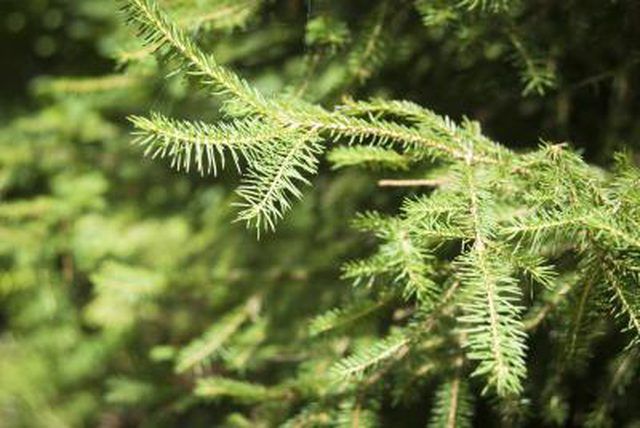Bulbs
Flower Basics
Flower Beds & Specialty Gardens
Flower Garden
Garden Furniture
Garden Gnomes
Garden Seeds
Garden Sheds
Garden Statues
Garden Tools & Supplies
Gardening Basics
Green & Organic
Groundcovers & Vines
Growing Annuals
Growing Basil
Growing Beans
Growing Berries
Growing Blueberries
Growing Cactus
Growing Corn
Growing Cotton
Growing Edibles
Growing Flowers
Growing Garlic
Growing Grapes
Growing Grass
Growing Herbs
Growing Jasmine
Growing Mint
Growing Mushrooms
Orchids
Growing Peanuts
Growing Perennials
Growing Plants
Growing Rosemary
Growing Roses
Growing Strawberries
Growing Sunflowers
Growing Thyme
Growing Tomatoes
Growing Tulips
Growing Vegetables
Herb Basics
Herb Garden
Indoor Growing
Landscaping Basics
Landscaping Patios
Landscaping Plants
Landscaping Shrubs
Landscaping Trees
Landscaping Walks & Pathways
Lawn Basics
Lawn Maintenance
Lawn Mowers
Lawn Ornaments
Lawn Planting
Lawn Tools
Outdoor Growing
Overall Landscape Planning
Pests, Weeds & Problems
Plant Basics
Rock Garden
Rose Garden
Shrubs
Soil
Specialty Gardens
Trees
Vegetable Garden
Yard Maintenance
Adaptations of Coniferous Trees
Adaptations of Coniferous Trees. Valued for their evergreen foliage and resistance to cold, coniferous trees are landscaping plants for tough spots. They have adapted to withstand cold and drought, and are often long-lived. Once established, most conifers are low-maintenance. Used wisely, their height, dense branching structure and stiff needles...

Valued for their evergreen foliage and resistance to cold, coniferous trees are landscaping plants for tough spots. They have adapted to withstand cold and drought, and are often long-lived. Once established, most conifers are low-maintenance. Used wisely, their height, dense branching structure and stiff needles help homeowners conserve energy. The trees also add color and interest to winter landscapes.
Leaf Adaptations
Coniferous trees have narrow, needlelike leaves with a thick, waxy cuticle which keeps them from drying out, of value since dry conditions exist both in extreme cold and summer's drought. Conifer needles also have an antifreeze system which protects plants from even extreme cold. As a result, you can plant some conifers in U.S. Department of Agriculture plant hardiness zones as cold as zone 2. Engelmann spruce (Picea englemannii) and blue spruce (Picea pungens) are suited for USDA zones 2 through 7, Scotch pine (Pinus sylvestris) for zones 2 through 8 and Eastern red cedar (Juniperus virginiana) for zones 2 through 9. The slick, waxy coating helps coniferous trees shed snow mass, resulting in less branch breakage to clear up after thick snowfall.
Decorative and Useful Cones
Conifer seeds are located on cone scales. Some trees have woody or papery cones, such as the pine tree (Pinus spp.), and their cones are useful as seasonal elements in floral arrangements and wreaths. Pine seeds are large and nutritious, furnishing wildlife with winter food. The traditional pine nut pesto ingredient comes from stone pine (Pinus pinea), growing in USDA zones 7 through 11. Some cones are rounded, fleshy and berrylike, with juniper (Juniperus spp.) as an example. Western juniper (Juniperus occidentalis), hardy in USDA zones 4 through 8, is a good choice to feed and provide cover for backyard songbirds and small wildlife.
Energy Conservation
If you can protect your home from the worst of winter's cold and summer's heat, you can save on energy bills. Keep cold winds from forcing cold air into dwellings by planting a windbreak of conifer trees between the house and the usual direction of winter winds. Windbreaks are most effective when located no more than the mature tree's height from the building. To provide summer shade, situate conifer trees on the west side of the house. It's best to plant a deciduous tree against the south side so the house can warm in winter. Some suitable conifer trees for windbreaks are Eastern red cedar, Arizona cypress (Cupressus arizonica), hardy in USDA zones 6 through 9 and Afghan pine (Pinus eldarica), also growing in zones 6 through 9.
Conifer Considerations
There are some drawbacks to consider when planting conifer trees. They have large, spreading root systems to efficiently harvest water and nutrients to see them through hard times. These roots out-compete any plants you might wish to grow underneath the tree, such as grass or ornamental shrubs. Also make sure your yard has the capacity to grow the conifer tree you've chosen, because many of them reach significant sizes. That cute little 5-gallon blue spruce has the capacity to reach up to 75 feet tall and 20 feet wide in cultivation.